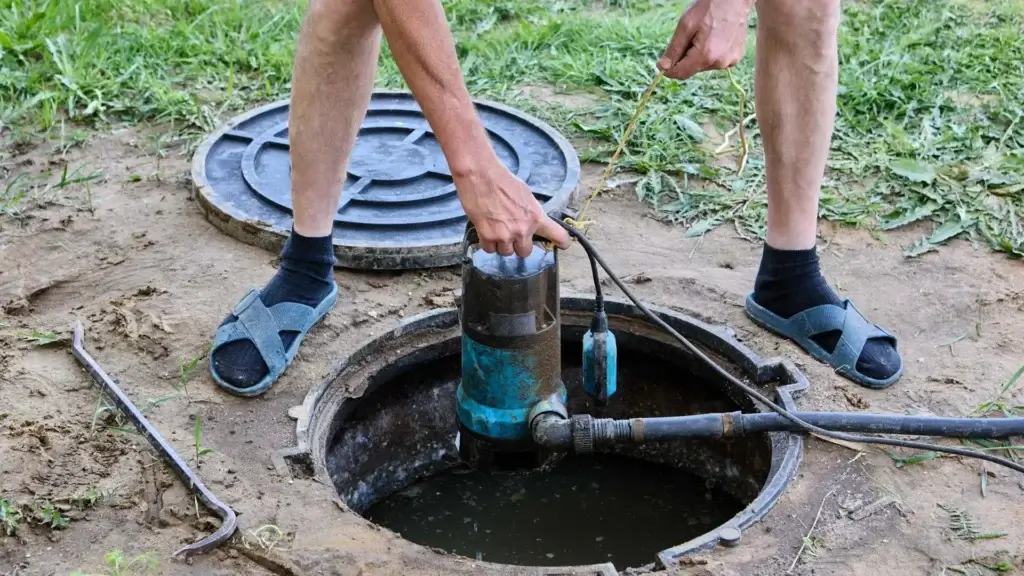
Image Credit: Eddy Pump
For homes not connected to city sewers, septic systems handle all the wastewater—and in many setups, septic tank pumps play a vital role. Specifically, effluent pumps and sewage ejector pumps are used in systems where gravity alone can’t move wastewater effectively. These pumps are essential for properties on sloped terrain, with long pipe runs, or poor soil conditions that prevent natural flow into the drain field.
If your septic system relies on one of these pumps, proper maintenance is key. Here’s a practical guide to what you should and shouldn’t do to keep everything flowing smoothly:
Do’s And Don’ts For Septic Tank Pump Maintenance
The Dos:
1. Schedule Routine Pump Inspections
Effluent and ejector pumps work constantly to move wastewater uphill or over long distances. Regular inspections—ideally once a year—can detect worn parts, float switch issues, or buildup before they turn into major malfunctions.
2. Pump Your Tank On Time
Sludge buildup in the septic tank can reach the pump chamber and damage your pump. Have your tank pumped every 3–5 years, or as advised by a professional based on your usage and tank size. Timely pumping protects both your system and your pump.
3. Keep A Record Of Maintenance
Track inspections, pump-outs, and repairs. This information helps your service provider catch recurring issues and ensures your system stays compliant with local regulations—especially important when selling your home.
4. Use Water Efficiently
High water usage means more strain on your pump. Spread out showers, laundry, and dishwasher loads to prevent the pump from cycling too frequently. Install low-flow fixtures to reduce volume without sacrificing comfort.
The Don’ts:
1. Don’t Ignore Warning Signs
Gurgling drains, foul odors, and damp ground near your tank or drain field can mean pump trouble. Because pumps handle pressurized flow, early signs of failure often escalate quickly. Call a professional as soon as you notice anything unusual.
2. Don’t Flush Non-Biodegradables
Effluent pumps and ejector pumps can become clogged by wipes, paper towels, feminine products, and other non-biodegradable materials. Only flush human waste and septic-safe toilet paper.
3. Don’t Use Unapproved Additives
Chemical additives can damage pump components, disrupt bacterial balance, and even pollute groundwater. Most additives don’t eliminate the need for pumping. Stick to a proven maintenance schedule instead of shortcuts.
4. Don’t Diy Pump Repairs
Septic pumps involve mechanical parts and electrical wiring, sometimes even alarms and control panels. DIY attempts often cause more harm than good—and may violate local codes. Always use a licensed septic service provider for any pump repairs or replacements.
A Healthy System Needs A Healthy Pump
Effluent and sewage ejector pumps are silent workhorses in septic systems that defy gravity. Whether lifting wastewater to a higher elevation or across a long stretch of land, these pumps are essential—and vulnerable to neglect. By following the tips above and investing in routine care, you can extend the life of your pump and prevent costly system failures.